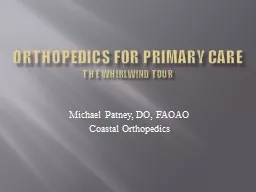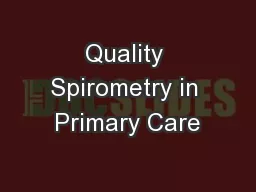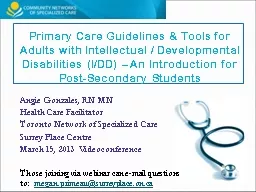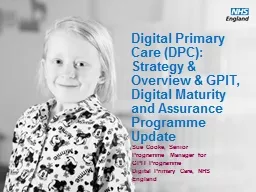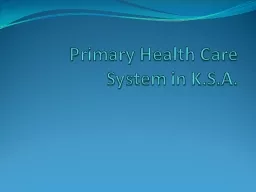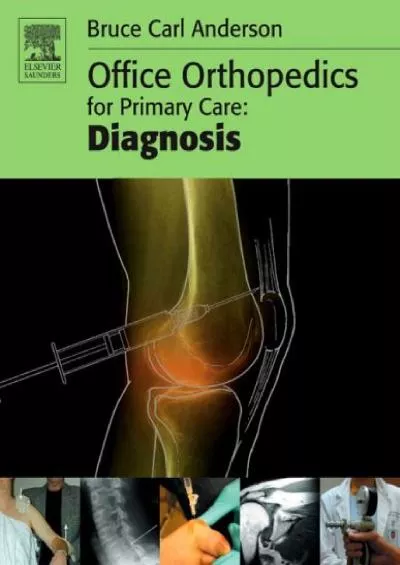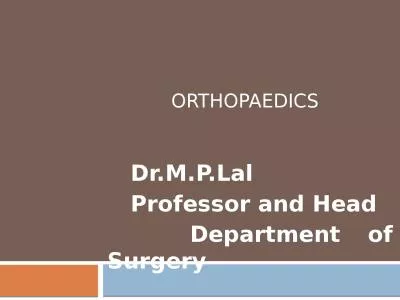PPT-Orthopedics for primary care
Author : alexa-scheidler | Published Date : 2017-07-15
the whirlwind tour Michael Patney DO FAOAO Coastal Orthopedics Location Based diagnosis and treatment Shoulder Fracturestrauma Overuse injuries aging Elbow Fracturestrauma
Presentation Embed Code
Download Presentation
Download Presentation The PPT/PDF document "Orthopedics for primary care" is the property of its rightful owner. Permission is granted to download and print the materials on this website for personal, non-commercial use only, and to display it on your personal computer provided you do not modify the materials and that you retain all copyright notices contained in the materials. By downloading content from our website, you accept the terms of this agreement.
Orthopedics for primary care: Transcript
Download Rules Of Document
"Orthopedics for primary care"The content belongs to its owner. You may download and print it for personal use, without modification, and keep all copyright notices. By downloading, you agree to these terms.
Related Documents

